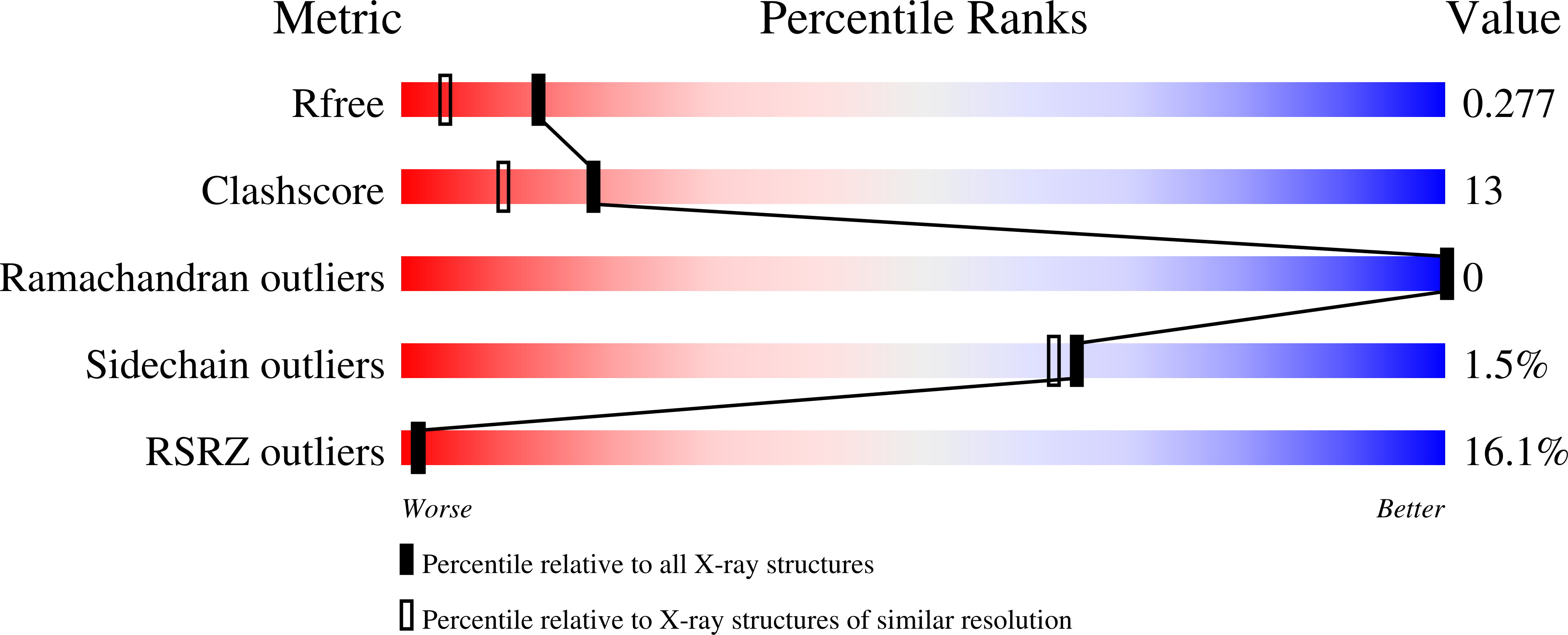
Deposition Date
2022-01-15
Release Date
2022-04-06
Last Version Date
2024-01-31
Entry Detail
PDB ID:
7QTP
Keywords:
Title:
Structural biology of the NS1 avian influenza protein subversion on the Scribble cell polarity module
Biological Source:
Source Organism:
Homo sapiens (Taxon ID: 9606)
H5N1 subtype (Taxon ID: 102793)
H5N1 subtype (Taxon ID: 102793)
Host Organism:
Method Details:
Experimental Method:
Resolution:
1.90 Å
R-Value Free:
0.27
R-Value Work:
0.27
Space Group:
C 1 2 1


